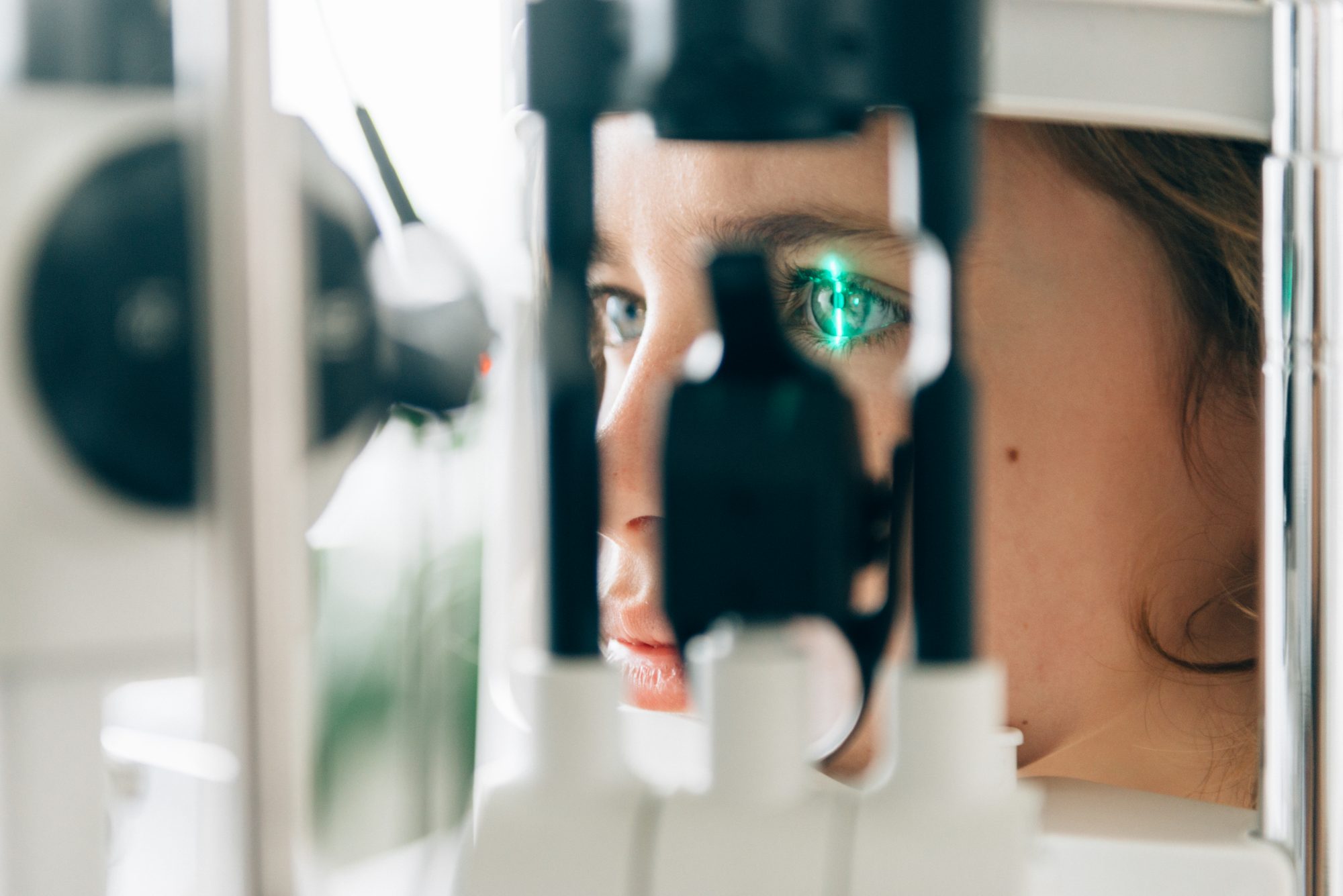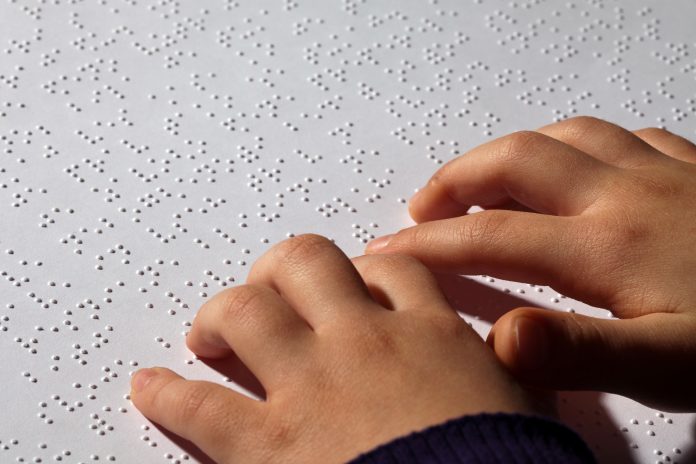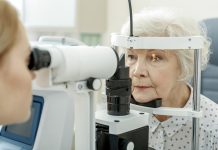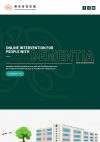A revolutionary AI tool can predict retinopathy of prematurity (ROP), paving the way for the prevention of childhood blindness
An estimated 50,000 children globally develop childhood blindness due to retinopathy of prematurity (ROP) – a condition where abnormal blood vessels grow in the retina.
Mostly affecting premature babies, the condition begins with the thin layer of nerve cells at the back of the eye, which converts light into signals the brain can recognise. These blood vessels can leak or bleed, damaging the retina and possibly leading to retinal detachment.
Symptoms of ROP can only be found by monitoring infants at risk with eye exams – but in countries that do not have the proper infrastructure for antenatal and postnatal care, the diagnosis could be overlooked, leading to childhood blindness.
UCL and Moorfields Eye Hospital researchers developed a deep learning AI tool that can identify which at-risk infants have ROP that may lead to childhood blindness if left untreated, ready to deploy in countries where the condition is prevalent.
ROP is the leading cause of childhood blindness in middle-income countries
Scientists across the UK, Brazil, Egypt, and the US sampled 7,414 images of the eyes of 1,370 newborns who had been admitted to the Homerton Hospital, London, and assessed for ROP by ophthalmologists.
The tool’s performance was then assessed on another 200 images and compared to the assessments of senior ophthalmologists. To further validate the tool, researchers employed it on datasets sourced from the US, Brazil and Egypt also.
They found the AI tool was as effective as senior paediatric ophthalmologists in deciphering normal retinal images from those with ROP that could lead to childhood blindness.

Retinopathy of prematurity is becoming increasingly common
Lead author Dr Konstantinos Balaskas, the Director at Moorfields Ophthalmic Reading Centre & Clinical AI Lab, Moorfields Eye Hospital and Associate Professor, said: “Retinopathy of prematurity is becoming increasingly common as survival rates of premature babies improve across the globe, and it is now the leading cause of childhood blindness in middle-income countries and in the US.
30% of newborns in sub-Saharan Africa have some degree of ROP
“As many as 30% of newborns in sub-Saharan Africa have some degree of ROP and, while treatments are now readily available, it can cause blindness if not detected and treated quickly. This is often due to a lack of eye care specialists – but, given it is detectable and treatable, no child should be going blind from ROP.
“As it becomes more common, many areas do not have enough trained ophthalmologists to screen all at-risk children; we hope that our technique to automate diagnostics of ROP will improve access to care in underserved areas and prevent blindness in thousands of newborns worldwide.”
A tool for people to use – even without coding experience
The tool has been developed as a code-free deep learning platform, which means it could be optimised in new settings by people without prior coding experience.
First author Dr Siegfried Wagner, at UCL Institute of Ophthalmology, said: “Our findings justify the continued investigation of AI tools to screen for ROP. We are now further validating our tool in multiple hospitals in the UK and are seeking to learn how people interact with the AI’s outputs, to understand how we could incorporate the tool into real-world clinical settings.
“We hope that the tool will enable a trained nurse to take images that could be assessed by the AI tool, in order for a referral for treatment to be made without the need for an ophthalmologist to manually review the scans.
“AI tools are particularly useful in ophthalmology, a field which is heavily reliant on the manual interpretation and analysis of scans for detection and monitoring – here we have found further evidence that AI can be a game-changer for the field and open up access to sight-saving treatments.”
Researchers hope their technique could improve access to screening in the many areas with limited neonatal services and few trained ophthalmologists.
Editor's Recommended Articles
-
Must Read >> The time is right to prioritise eye health research
-
Must Read >> The impact of the pandemic on children’s eyesight
-
Must Read >> How can we do better for children’s spectacles?























